
Crytomium fulcatum - Plant
(MRP Inclusive of all taxes)
- Shipping ₹79 for entire order
- Dispatch in 7 days
- Country of origin: India

(MRP Inclusive of all taxes)
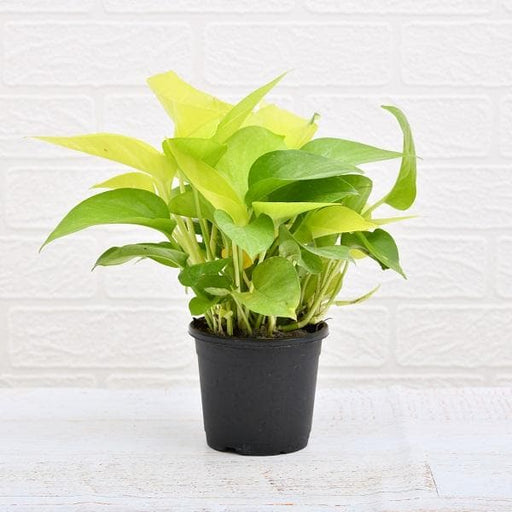 Save 29%
Save 29%
Air Purifier Money Plant with Pot The Air Purifier Money Plant, also known as Pothos or Epipremnum aureum, is a stunning indoor plant that...
View full details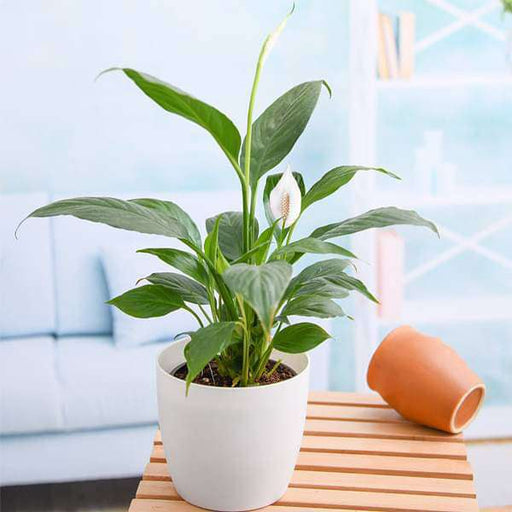
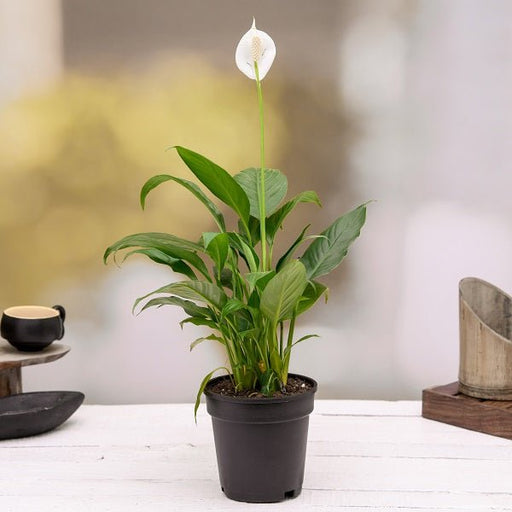 Save up to 15%
Save up to 15%
Peace Lily, Spathiphyllum - Plant The Peace Lily, scientifically known as Spathiphyllum, is a stunning houseplant celebrated for its elegant white...
View full details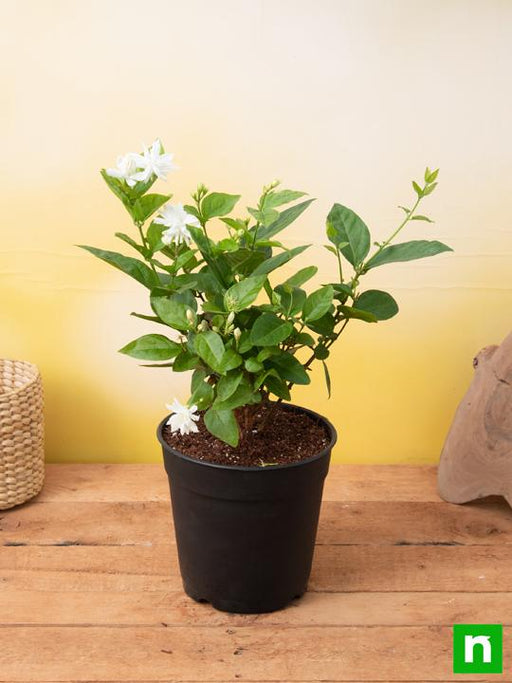
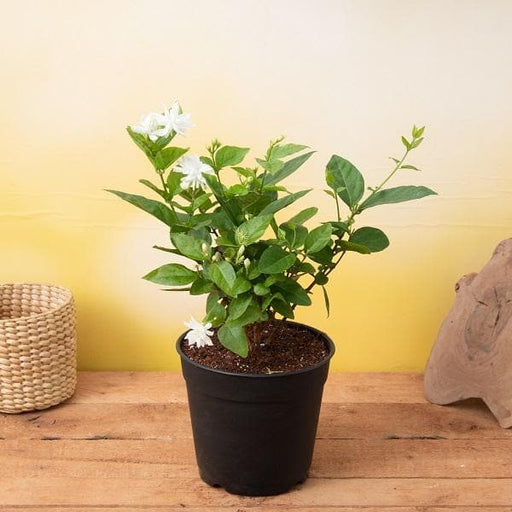 Save 25%
Save 25%
Jasminum sambac, Mogra, Arabian Jasmine - Plant Jasminum sambac, commonly known as Mogra or Arabian Jasmine, is a fragrant flowering plant...
View full details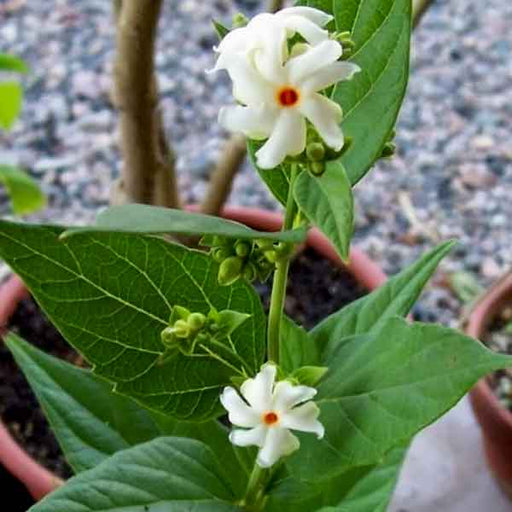
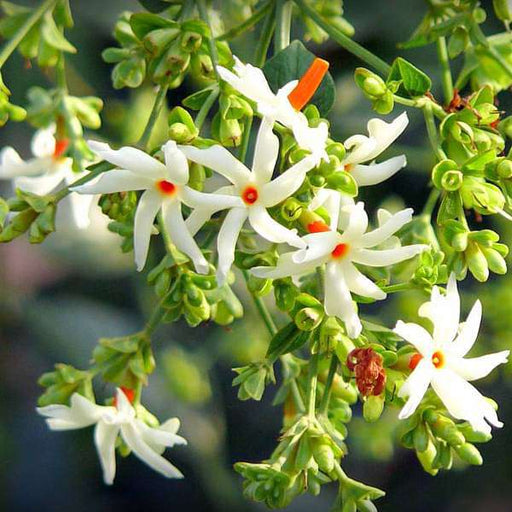 Save 18%
Save 18%
Combo Constituents Includes the Parijat Tree (Night-Flowering Jasmine), a culturally significant plant with fragrant flowers. Description The Pari...
View full details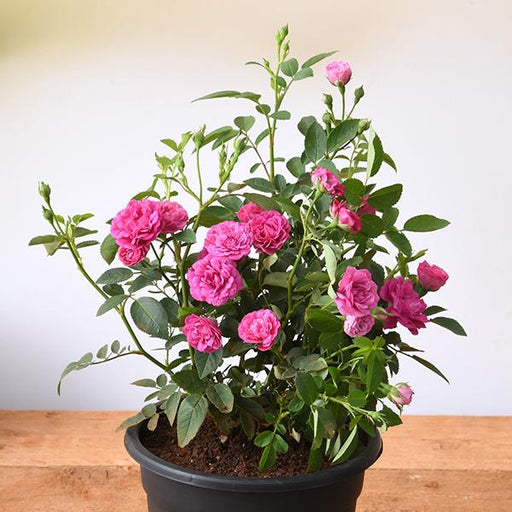
 Save 25%
Save 25%
Miniature Rose, Button Rose (Any Color) - Plant The Miniature Rose, also known as the Button Rose, is a charming and compact flowering plant that ...
View full details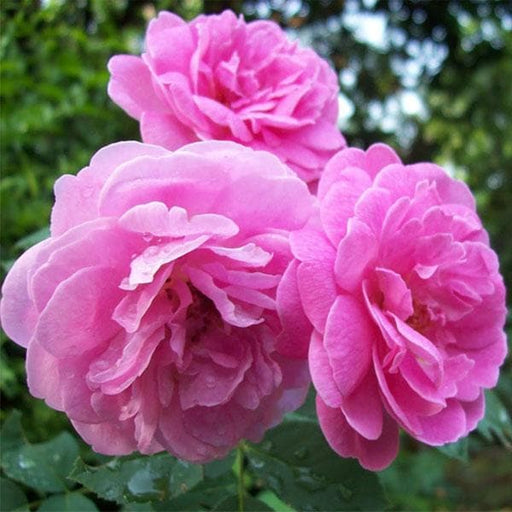 Save 25%
Save 25%
Damascus Rose, Scented Rose (Any Color) - Plant The Damascus Rose, also known as Rosa damascena, is a timeless symbol of beauty and romanc...
View full details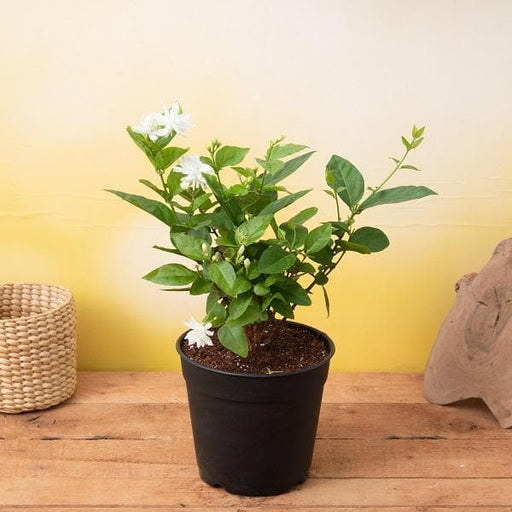
 Save 17%
Save 17%
Beautiful Fragrant Mogra, Arabian Jasmine Plant with Pot The Beautiful Fragrant Mogra, also known as Arabian Jasmine (Jasminum sambac), is...
View full details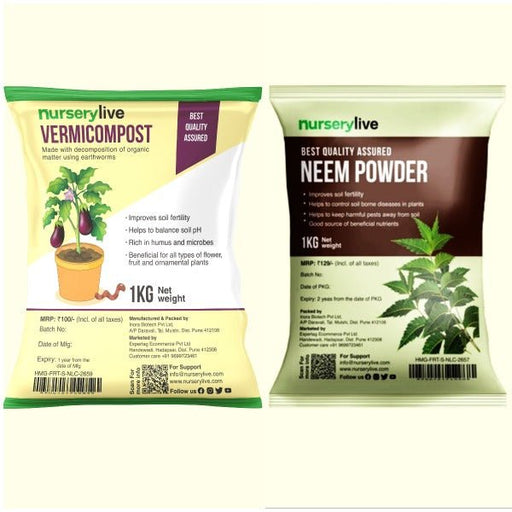 Save 15%
Save 15%
Pack of Vermicompost and Neem Cake for House Plants Transform your indoor garden with our premium Pack of Vermicompost and Neem Cake, spec...
View full details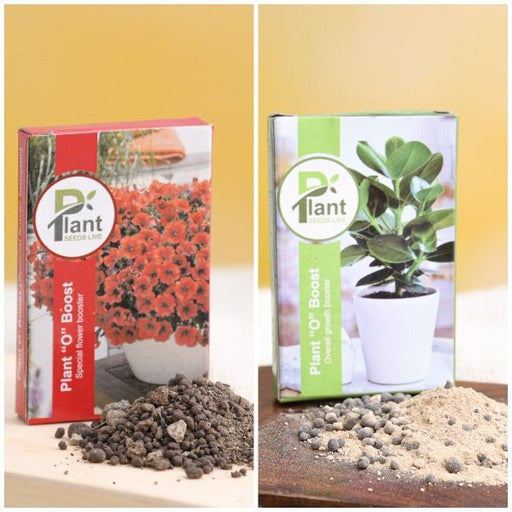
Pack of Plant Growth and Flower Boosters Unlock the full potential of your garden with our Pack of Plant Growth and Flower Boosters! This ...
View full details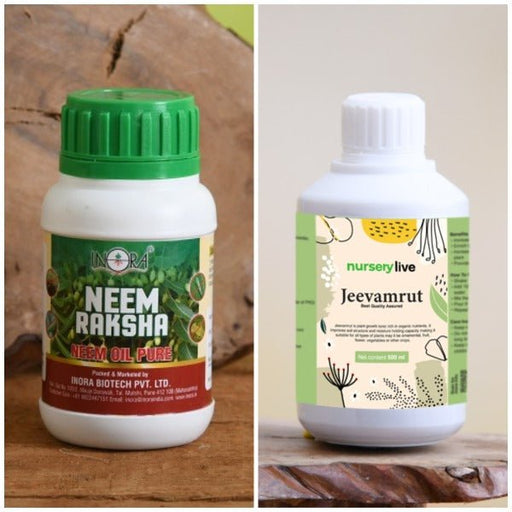 Save 38%
Save 38%
Combo of Jeevamrut and Neem Raksha for Easy Growth and Protection of Houseplants Transform your indoor garden with our exclusive combo of ...
View full details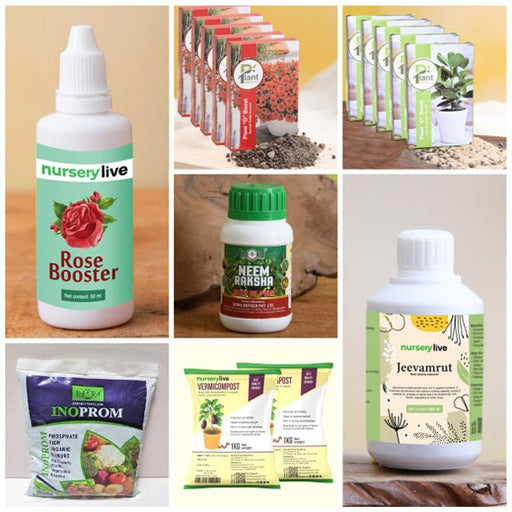 Save 22%
Save 22%
Plant Nutrients Kit (Pack of 16) for a Healthy Garden Transform your garden into a lush paradise with our Plant Nutrients Kit, featuring 1...
View full details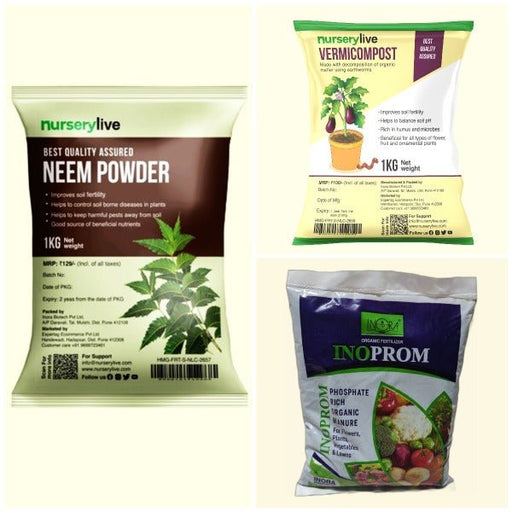 Save 16%
Save 16%
Combo of Top Plant Fertilizers Elevate your gardening game with our exclusive Combo of Top Plant Fertilizers, featuring two bags of premiu...
View full details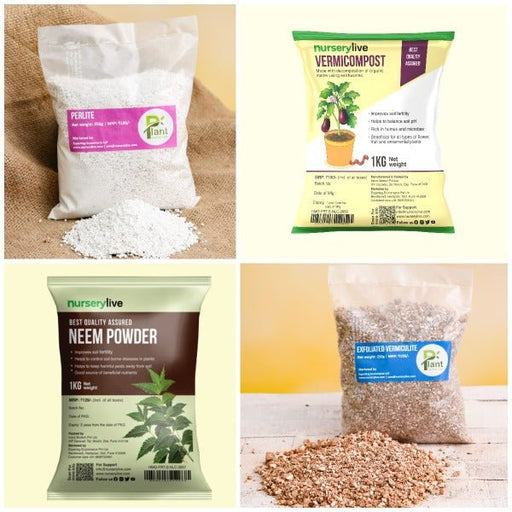 Save 24%
Save 24%
Pack of 4 Additives to Make Soil Healthy and Nutrient Rich Transform your garden into a thriving ecosystem with our Pack of 4 Additives de...
View full details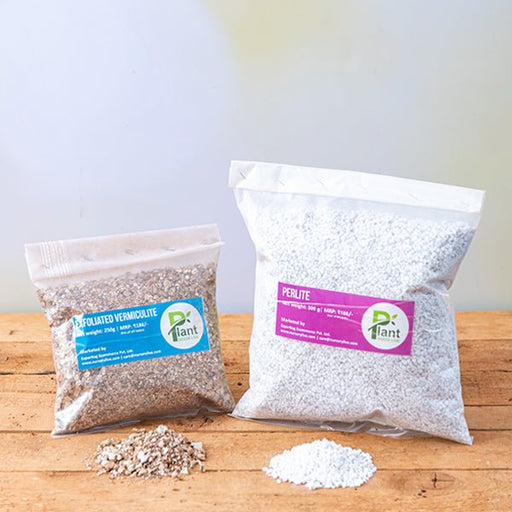 Save 30%
Save 30%
Transform your gardening experience with our premium Combo of Perlite and Vermiculite. This unique blend is designed to enhance soil aeration and ...
View full details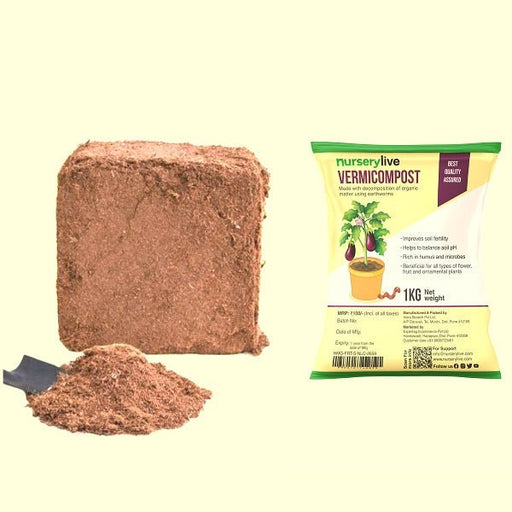 Save 27%
Save 27%
Combo of 2 Vermicompost and Cocopeat - Enrich Your Soil Naturally! Transform your garden into a thriving ecosystem with our Combo of 2 Ver...
View full details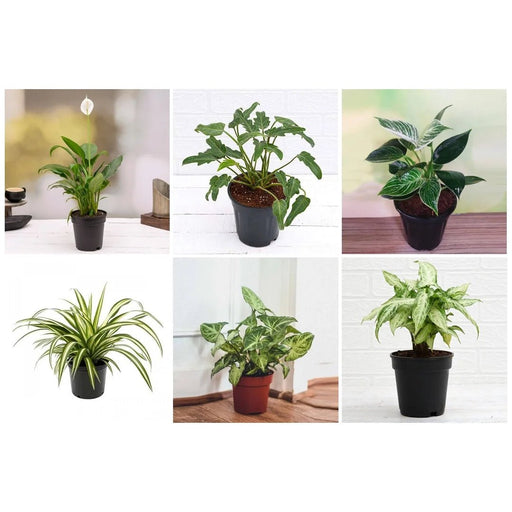
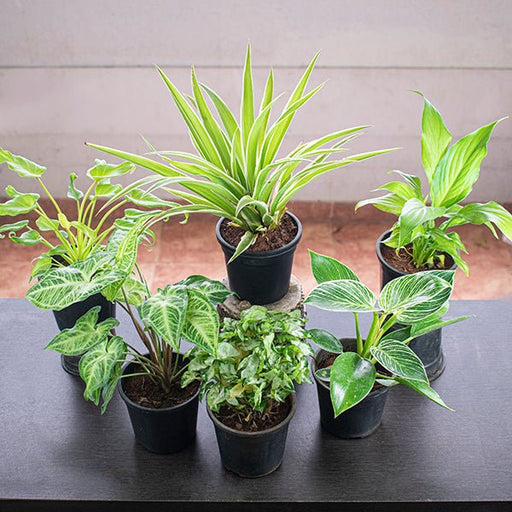 Save 35%
Save 35%
Best 6 Plants for Perfect Indoor Garden Transform your living space into a lush oasis with our curated collection of the Best 6 Plants for a...
View full details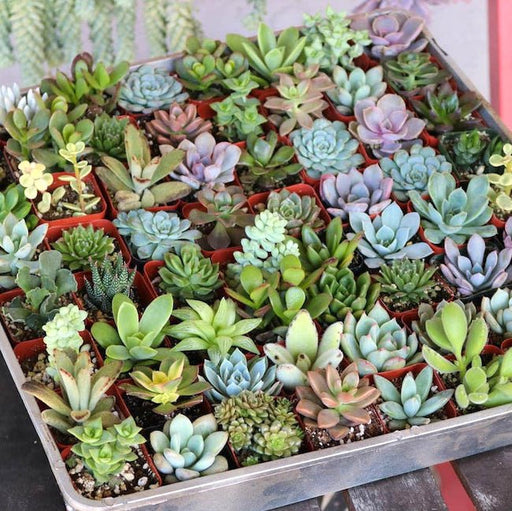
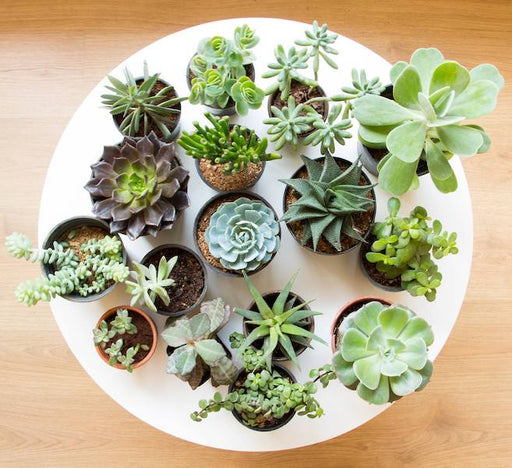 Save up to 50%
Save up to 50%
Mini Succulent Garden Pack Transform your space with our Mini Succulent Garden Pack, featuring a delightful collection of 4 any variety beautiful s...
View full details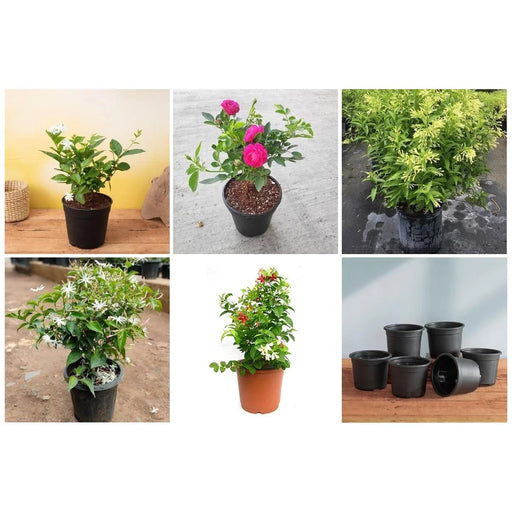
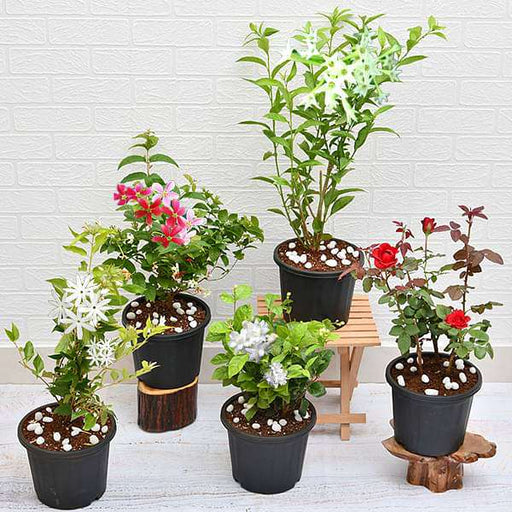 Save 30%
Save 30%
5 Best Fragrant Plants Transform your garden or indoor space into a fragrant paradise with our curated selection of the 5 Best Fragrant Plants. Th...
View full details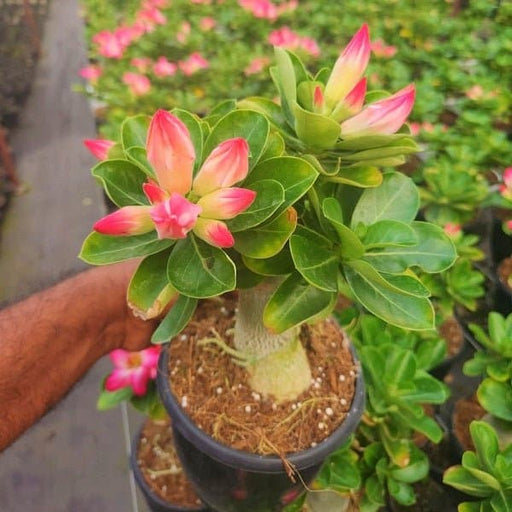
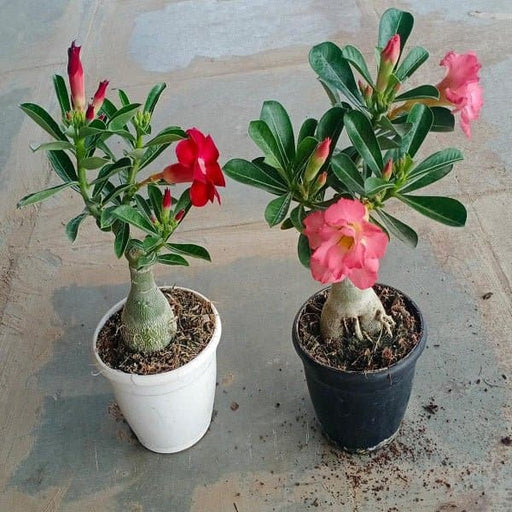 Save 24%
Save 24%
Set of 2 Bonsai Looking Grafted Adeniums Transform your indoor or outdoor space with our exquisite Set of 2 Bonsai Looking Grafted Adenium...
View full details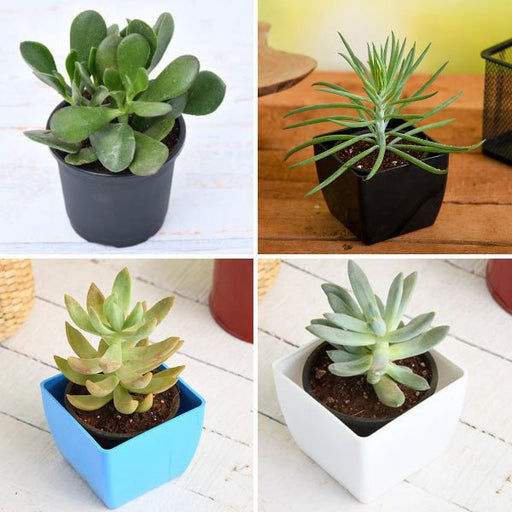 Save 45%
Save 45%
Top 4 Die Hard Succulents Pack Transform your indoor or outdoor space with our Top 4 Die Hard Succulents Pack, featuring a curated selecti...
View full details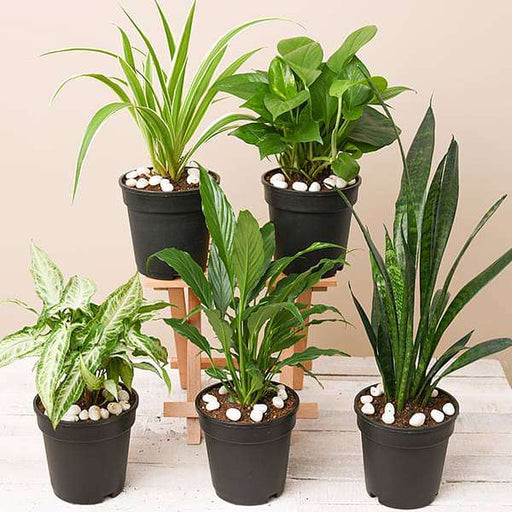
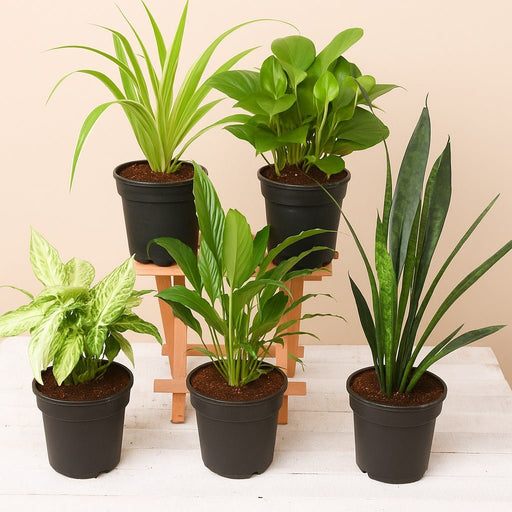 Save 30%
Save 30%
5 Best Indoor Plants Pack Transform your living space into a lush oasis with our '5 Best Indoor Plants Pack.' This carefully curated collection fe...
View full details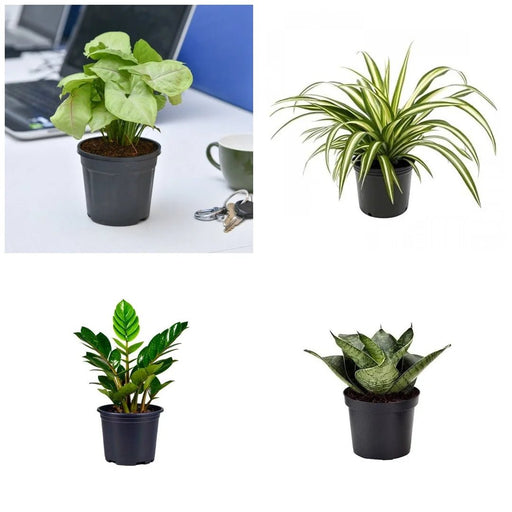
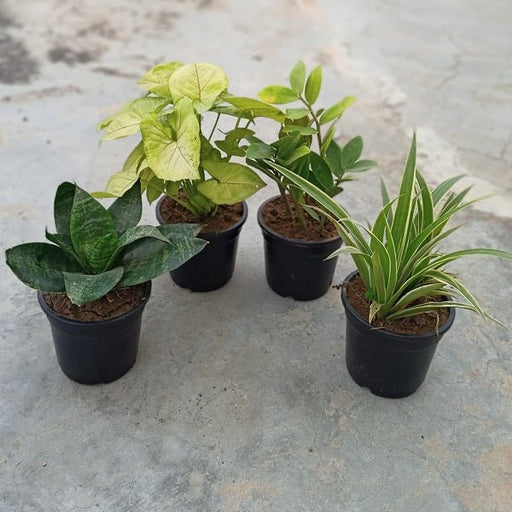 Save 25%
Save 25%
Set of 4 Evergreen Air Purifier Plant Pack Transform your indoor space into a lush, green oasis with our Set of 4 Evergreen Air Purifier Pla...
View full details| SrNo | Item Name |
|---|---|
| 1 | Crytomium fulcatum - Plant |
Crytomium fulcatum, commonly known as the Japanese Holly Fern, is a stunning evergreen fern native to East Asia. With its glossy, dark green fronds and unique, arching growth habit, this plant adds a touch of elegance to any garden or indoor space. Thriving in shaded areas, it is an excellent choice for those looking to enhance their landscape with lush greenery.
What makes Crytomium fulcatum special is its resilience and adaptability. This fern can tolerate a range of soil types and moisture levels, making it a versatile addition to various environments. Its ability to thrive in low-light conditions makes it perfect for shaded gardens or indoor spaces, where it can flourish without direct sunlight.
One of the standout features of Crytomium fulcatum is its unique leaf structure. The fronds are deeply lobed and can grow up to 2 feet long, creating a dramatic visual impact. Additionally, this fern is known for its air-purifying qualities, contributing positively to indoor air quality and promoting a healthier living environment.
Crytomium fulcatum plays a significant role in its ecosystem by providing habitat and food for various wildlife species. Its ability to improve air quality makes it a valuable addition to urban environments, contributing to a healthier atmosphere. By planting this fern, you are not only enhancing your space but also supporting biodiversity and promoting ecological balance.
If you think caring for a plant is as easy as watering it and hoping for the best, think again! Crytomium fulcatum, also known as the Japanese holly fern, requires a bit more finesse. This leafy diva thrives in well-drained soil and prefers a shady spot, so don’t expect it to bask in the sun like a beachgoer. Keep the humidity high, and it’ll reward you with lush, green fronds that scream, “Look at me!” Just remember, overwatering is a no-no; this fern doesn’t want to feel like it’s swimming in a swamp.
Why should you invite Crytomium fulcatum into your home? Well, aside from its stunning appearance, this plant is a natural air purifier. It’s like having a tiny environmental superhero in your living room, fighting off toxins and improving air quality. Plus, it’s low-maintenance, making it perfect for those who want to feel like plant parents without the stress. With its ability to thrive in low light, it’s the perfect companion for those who forget to turn on the lights!
Ready to expand your plant family? Propagating Crytomium fulcatum is easier than convincing your friends to binge-watch your favorite show. Simply take a healthy frond and divide it at the base. Plant it in a new pot, and voilà! You’ve got yourself a new fern buddy. Just remember to keep the soil moist and provide some shade, and soon you’ll have a mini-forest of Crytomium fulcatum to show off. It’s like cloning, but without the ethical dilemmas!
less sun, more fun!
When it comes to soil, Crytomium fulcatum is a bit of a snob. It prefers well-draining, rich, organic soil that feels like a luxurious spa for its roots. Think of it as a five-star hotel experience for your plant. A mix of potting soil, peat moss, and perlite will do the trick. Avoid heavy clay or compacted soil, as it can lead to root rot. Your fern deserves the best, after all!
Watering Crytomium fulcatum is like walking a tightrope; too little and it’ll wilt, too much and it’ll drown. Aim for a happy medium by keeping the soil consistently moist but not soggy. A good rule of thumb is to water when the top inch of soil feels dry. And remember, this fern loves humidity, so misting it occasionally will make it feel like it’s on a tropical vacation. Just don’t forget to check the drainage!
Every plant has its enemies, and Crytomium fulcatum is no exception. Watch out for pesky pests like spider mites and aphids, who think your fern is their personal buffet. If you spot these unwelcome guests, don’t panic! A gentle wash with soapy water or neem oil will send them packing. Keep an eye on your fern, and it’ll stay healthy and pest-free, ready to flaunt its fronds in style.
Fertilizing Crytomium fulcatum is like giving it a little pick-me-up. During the growing season, a balanced liquid fertilizer every month will keep your fern looking fabulous. Just remember, too much fertilizer can lead to burnt roots, and nobody wants that! Think of it as a spa day for your plant—just the right amount of pampering will keep it thriving and vibrant.
Crytomium fulcatum is a bit of a temperature diva. It prefers a cozy range of 60 to 75°F, so keep it away from drafts and extreme temperatures. If your home feels like a sauna or an icebox, your fern might not be too happy. It’s all about finding that sweet spot where your plant can flourish without feeling like it’s on a rollercoaster ride of temperature extremes.
Good news for pet owners! Crytomium fulcatum is non-toxic to cats and dogs, making it a safe choice for your furry friends. You can rest easy knowing that your plant won’t turn into a villain in your pet’s story. However, while it’s safe, it’s still best to discourage nibbling. After all, we wouldn’t want your fern to become a salad, would we?
should Crytomium fulcatum live indoors or outdoors? While it can thrive in both environments, it’s a bit of a homebody. This fern prefers the comfort of indoor life, where it can enjoy filtered light and humidity. However, if you live in a mild climate, it can also make a lovely addition to your garden. Just remember, if you take it outside, it’ll need some shade to avoid sunburn!
Cryptomium fulcatum is a fabulous fern that loves to flaunt its feathery fronds. Native to tropical regions, it thrives in humidity and shade, making it the perfect indoor plant for those who can’t keep succulents alive. With its lush green foliage, it’s like having a mini rainforest right in your living room!
Caring for Cryptomium fulcatum is like nurturing a diva. It craves indirect sunlight, high humidity, and well-draining soil. Water it when the top inch of soil feels dry, but don’t drown it! Mist its leaves regularly to keep it happy. Remember, a happy fern is a thriving fern, and it will reward you with lush growth!
Yes, Cryptomium fulcatum is the ultimate low-light champion! It doesn’t need a spotlight to shine. While it prefers bright, indirect light, it can tolerate lower light conditions. Just don’t expect it to throw a party; it’s more of a cozy, introverted plant that enjoys a quiet corner in your home.
Good news for pet parents! Cryptomium fulcatum is non-toxic to cats and dogs. So, you can let your furry friends roam freely without worrying about them munching on your leafy companion. Just keep an eye on them; they might think your fern is their new chew toy!
Watering Cryptomium fulcatum is like a delicate dance. Aim for once a week, but check the soil first! If it’s dry an inch down, it’s time for a drink. If it’s still moist, hold off. Overwatering can lead to root rot, and nobody wants a soggy fern in their life!
Cryptomium fulcatum loves a well-draining, rich potting mix. Think of it as a luxurious spa treatment for its roots! A blend of peat, perlite, and orchid bark works wonders. This mix keeps the soil moist but not soggy, ensuring your fern feels pampered and ready to grow.
Absolutely! Propagating Cryptomium fulcatum is like sharing the love. You can do it through division. Gently separate the root clumps during repotting and plant them in their own pots. With a little TLC, you’ll have new ferns sprouting in no time, and you can start your own fern family!
Keep an eye out for pesky pests like spider mites and mealybugs. They can be sneaky little critters that love to munch on your fern. If you spot them, don’t panic! A gentle wash with soapy water or neem oil will send them packing. Your fern will thank you for the pest eviction!
Fertilizing Cryptomium fulcatum is like giving it a gourmet meal. Use a balanced, water-soluble fertilizer every 4-6 weeks during the growing season. Dilute it to half strength to avoid overwhelming your fern. It’s a simple recipe for success, ensuring your plant stays vibrant and lush all year round!
Cryptomium fulcatum is a tropical plant that enjoys warm temperatures between 65°F and 75°F. It’s not a fan of cold drafts or extreme heat, so keep it cozy. If your home feels like a sauna, your fern will be in paradise. Just don’t forget to keep it away from chilly windows!
Yes, you can grow Cryptomium fulcatum outdoors, but only in warm, humid climates. It loves a shady spot away from direct sunlight. If you live in a cooler area, consider it a seasonal guest—bring it inside when temperatures drop. Your fern will appreciate the vacation from the elements!